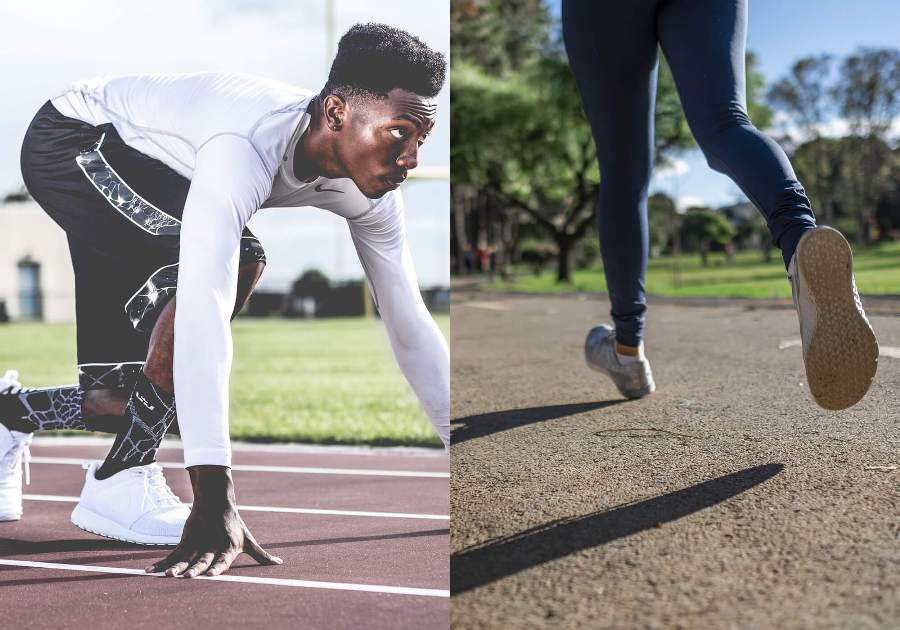Call Us / WhatsApp Now

H E A L T H

Call Us / WhatsApp Now
Email to Reserve





At Madrid Health we have the latest diagnostic technology, thermography. Unique in Madrid, thermography provides us with a detailed map of inflammation of the spine, thus knowing exactly which areas have more mobility restrictions. In this way, a more specialised and focused treatment can be carried out, personalised for each patient and type of problem. With this we achieve a more advanced and complete recovery that distinguishes us from other therapeutic options that do not have this cutting-edge technology.
In our advanced physiotherapy centre, you will undergo an exhaustive postural analysis, from head to toe, knowing how your anatomical structures are positioned, in order to put an end to your discomfort once and for all and align your entire body. To do this, we use software based on artificial intelligence that identifies your postural pattern and analyze the deviations that this pattern presents, complementing it with a physical analysis carried out by one of our specialists.
After this complete diagnosis, the Madrid Health team will use the latest Physiotherapy, Chiropractic and Osteopathy techniques, including spinal manipulations, shock waves, dry needling, neuromodulation, specific massage techniques and Cranial and Visceral Osteopathy.
All of these, together with the extensive experience of our international team, create an unique and advanced treatment method, superior to other physiotherapy and sports physiotherapy clinics. You will find us in the centre of Madrid, just two minutes from Calle Goya.

Sports physiotherapy is a speciality that focuses on helping athletes, both elite and amateur, to prevent future injuries, to recover as well as possible in their pathological processes through appropriate treatments and individualised techniques, and to advise them on healthy habits that will help them in their day-to-day lives.

At Madrid Health we have extensive experience in the world of sport and we have the latest technology to help in the recovery process of injuries caused by sport such as: epicondylitis, muscular pain, rotator cuff injury, Achilles tendinopathies, etc.
Madrid Health is a clinic located in the centre of Madrid (Goya) with a team that covers the specialities of Chiropractic, Osteopathy and Physiotherapy. Because of this, our professionals bring different points of view, creating the best analysis and individualised treatment plan for each patient.

In the first visit each patient is analysed from head to toe; for this purpose, photos are taken to analyse their posture, a thermography test is carried out to analyse the temperature of the tissues, a detailed physical examination is carried out to evaluate the movement of the joints and the state of the musculature, tendons and ligaments.

An initial treatment is also carried out which may include techniques such as: manual therapy at the spinal column level, therapeutic sports massage, shock waves, elimination of trigger points by dry needling or stimulation of the nervous system with neuromodulation. In addition, we create an individualised exercise plan for each patient using the Physitrack platform, which will help to advance faster in the recovery process.
The human body is very extensive and complex, fortunately at Madrid Health we have a team with knowledge in Chiropractic, Osteopathy and Physiotherapy. This makes us capable of treating multiple injuries and pathologies, such as for example:
All these injuries can be treated by our professionals using the latest technology such as spinal adjustments, shock waves, therapeutic sports massage, dry needling for trigger points or neuromodulation to stimulate the nerves. In addition, we will create a personalised exercise plan through the Physitrack platform that will help to improve the symptoms of the injury, thus helping to achieve a better recovery.
Scoliosis is a condition that can affect 2% of the world's population and 4 adolescents out of every 1,000; for this reason, health and ergonomic education is necessary from school, with the aim of preventing its appearance and future pathologies.
What is scoliosis? It is defined as a lateral deviation of the spine. There are different degrees and depending on this, some scoliosis does not affect the person at all; others, however, must even be surgically intervened.
Is it treatable? It depends on the person and the type of scoliosis, but generally yes. Physiotherapy can help with different techniques that try to improve posture, reduce the symptoms suffered by the patient, increase the strength of the muscles that are weak, etc. Some of the physiotherapy techniques that can be used in scoliosis are:
The cervical region is formed by the head, neck and shoulders. It is a delicate area as about 80% of the nervous system of the human body is concentrated here; due to this the number of injuries and structures that can be affected is high and requires sufficient knowledge to know how to apply the best treatment.
Nowadays, the use of smartphones, tablets and computers is the main culprit of most cervical injuries. Poor posture, tilting the head forward and rolling the shoulders cause enormous strain on numerous structures and tissues. Physiotherapy can help with prevention through specific exercises for the cervical region, which improve range of motion and reduce discomfort.
The most common cervical injuries are: cervicalgia, herniated discs and protrusions, dizziness, vertigo and headaches, brachial plexus syndrome, interscalene space syndrome, rectification of the cervical curvature, etc.
There are numerous physiotherapy techniques that can help to reduce the symptoms of these injuries, some of them are: manual therapy, vertebral adjustments, dry needling, shock waves, neuromodulation, massage, neurodynamics or therapeutic exercise.
Did you know that suffering jaw pain is not something normal, and that physiotherapy can reduce the discomfort suffered? Jaw injuries are one of the main unknowns within physiotherapy, fortunately there are professionals specialised in their treatment who can help to improve those annoying symptoms.
Whether due to problems in dental pieces or tension due to bruxism, jaw injuries are very annoying and even affect people's sleep. Physiotherapy has multiple techniques that can quell these pains through a correct evaluation and subsequent therapeutic intervention. The most common injuries are:
The techniques that exist to alleviate these ailments are fundamentally manual, consisting of movements, pressures and exercises carried out by the physiotherapist to alleviate pain and improve the functionality of the structures.
Sciatica is defined as a pathology that affects the sciatic nerve and produces abnormal sensations in the territories that this nerve controls, altering its function and the structures innervated by this nerve. This nerve has branches that go from L4 to S2 and is responsible for innervating the gluteal area, the back of the thigh-leg and part of the foot.
These abnormal sensations are usually tingling, burning, electrical sensations or burning cold. These symptoms are usually felt along the path of the sciatic nerve, from its exit at the buttock to its arrival at the ankle. This nerve is the thickest and longest in the body, which is why when it is affected it is usually very annoying and disabling, preventing us from carrying out daily activities.
This fear of suffering pain while carrying out activities produces a weakening of the muscles innervated by the sciatic nerve, causing more and more pain. This is why physiotherapy advocates an active approach, where the patient is helped to regain lost movement and strength, and is helped to eliminate fear and fragility.
Therapeutic exercise is a powerful weapon, in addition to other techniques such as manual therapy, spinal adjustments, dry needling, shock waves or neuromodulation. Whatever the cause of the sciatica (hernia, pyramidal syndrome, subgluteal syndrome, etc.), there is a solution if it is properly assessed and a correct treatment plan is devised.